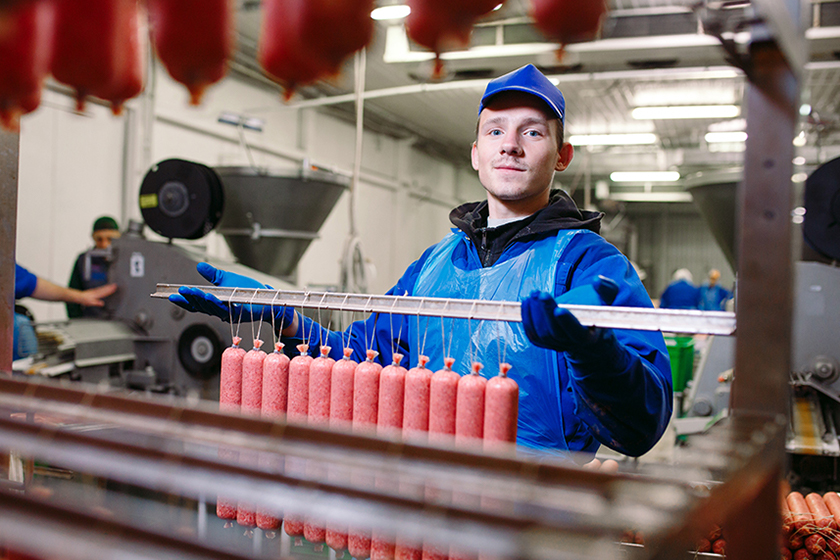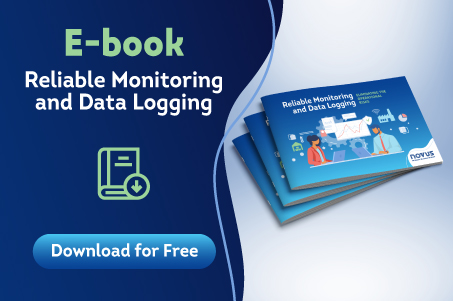How to act in cases of employee intoxication?
Despite being one of the most used inorganic gases in the industry, ammonia gas is highly irritating and toxic. It is a gas of high solubility in water and therefore, its effects are seen primarily in humid areas such as eyes, skin and respiratory system.
On the skin, ammonia gas can cause burns and, if ingested, it causes burns in the mouth, pharynx and larynx, in addition to a lot of salivation. In the case of chronic exposures, bleeding from the nose and / or lips, chemical conjunctivitis, bronchitis with respiratory reduction and even kidney damage may occur.
Exposures to high concentrations for relatively short periods can be fatal, so it is important to know how to act to provide first aid before referring the victim to medical treatment.
Intoxication? Stay calm and check which points to observe to act in the best possible way.
Inhalation: remove the victim to an uncontaminated and ventilated area and administer oxygen, if available, under a face mask or nasal catheter. In case of respiratory arrest, apply resuscitation maneuvers and immediately refer to the nearest hospital.
Skin contact: quickly remove contaminated clothing and shoes and wash the affected parts with plenty of water for 15 minutes. Do not bandage for 24 hours.
Eye contact: Immediate action is essential, as the first 10 seconds are critical to prevent blindness. Do not allow the victim to close or keep his eyes closed. Gently lift the eyelids and wash with water, continuing to rinse with large amounts of water to allow maximum product removal. After these care, refer immediately to the ophthalmologist.
Ingestion: Never induce vomiting. If the victim is conscious, he can give water and milk. Forward to the doctor informing the characteristics of the ingested product. Never give anything orally to unconscious or convulsing people.
Never forget: the best way to avoid accidents is to prioritize the maintenance of your cooling system. In addition to a leak detection system, it is essential to understand the risks, make sure that the equipment calibrations are up to date and make the best safety procedures decisions. After all, the safety and protection of employees must be the number one concern of any company.

















